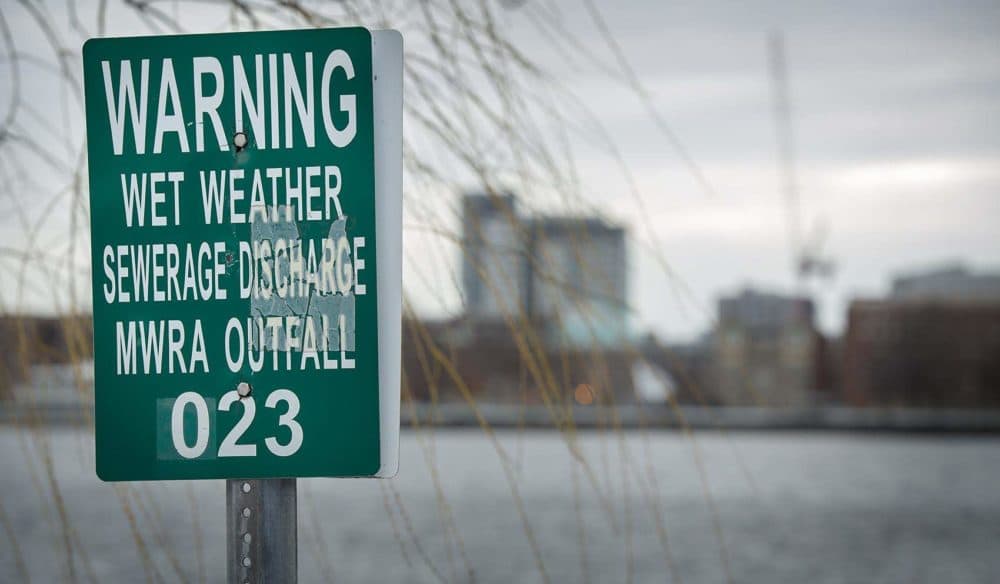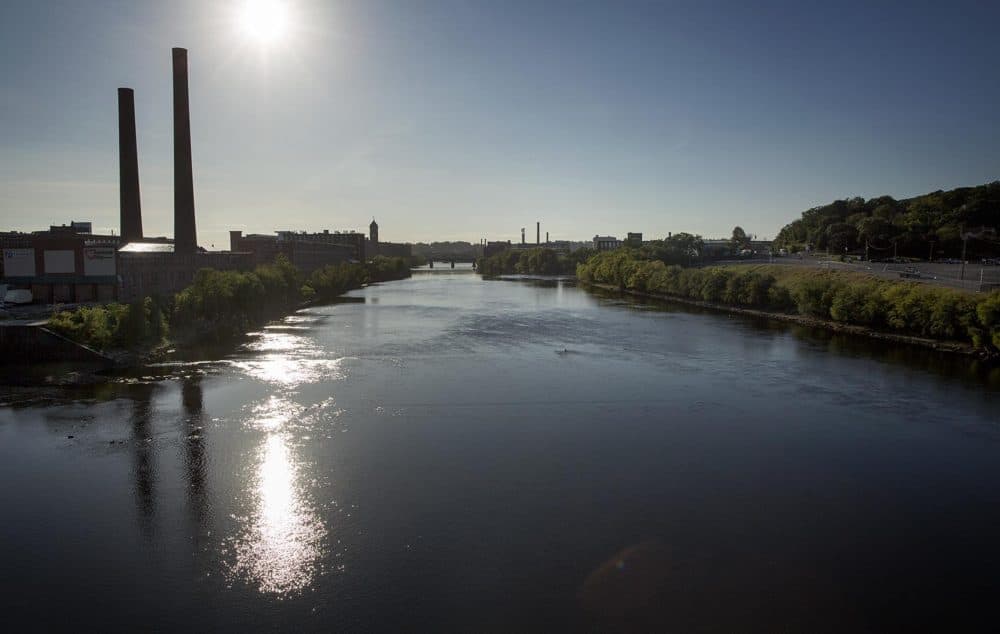Advertisement
Sewage discharges increase risk of hospital visits for residents near Merrimack River, study finds

People living in communities along the Merrimack River are at increased risk of developing acute gastrointestinal illnesses in the days following large combined sewer overflows, according to a study from researchers at the Boston University School of Public Health.
The overflows, which often happen during heavy rain, send untreated sewage into waterways. The findings add to evidence suggesting they pose a public health risk for millions of residents in Massachusetts and other states, primarily in the Northeast and the Midwest.
The researchers looked at data from combined sewer overflows — or CSOs — along the Merrimack River, and medical records from nearby hospitals. They found a 22% increase in the risk of visiting an emergency room for gastrointestinal illness after large sewage discharges, and a 62% increase in risk after very large releases.
"Even though you would assume that sewage in a river or a lake could lead to people being sick, there's actually relatively few studies that have looked at this link," said Beth Haley, a postdoctoral researcher and lead author on the study.
The researchers also found the highest risk of gastrointestinal illness, such as severe vomiting and diarrhea, occurred four days after the discharge. Haley said this may indicate that people are getting sick from viruses, such as norovirus, which have a short incubation period.
The Merrimack River, like other rivers in Massachusetts, is also a source of drinking water. Haley said she expected to find a higher risk of gastrointestinal illness in communities that draw drinking water from the Merrimack, but did not. She said this suggests that exposure to sewage-related pathogens may occur through other pathways, such as recreational activities near the river.

About 18 communities across Massachusetts — including Boston, Cambridge, Lynn and Haverhill — have combined sewage and storm water systems, many of which were built in the mid-1800s. The systems were designed to overflow into nearby rivers and bays during heavy rain, to avoid backing up into people’s homes.
The storms that trigger overflows are becoming more frequent with climate change.
"If we look at the data over the past year, we see more frequent rainstorms, and more frequent discharges," said Wendy Heiger-Bernays, a professor at the Boston University School of Public Health and co-author on the paper published this month in the journal Environmental Health Perspectives. With larger volumes of rain, she said, "larger volumes are discharged to the rivers."
A 2021 state law requires cities and towns to notify residents within two hours of an overflow. WBUR has built a map to track overflows, with updates based on real-time alerts for more than 180 CSOs across the state.
Public health officials recommend waiting at least 48 hours after a CSO discharge to swim, boat or let pets into affected water
